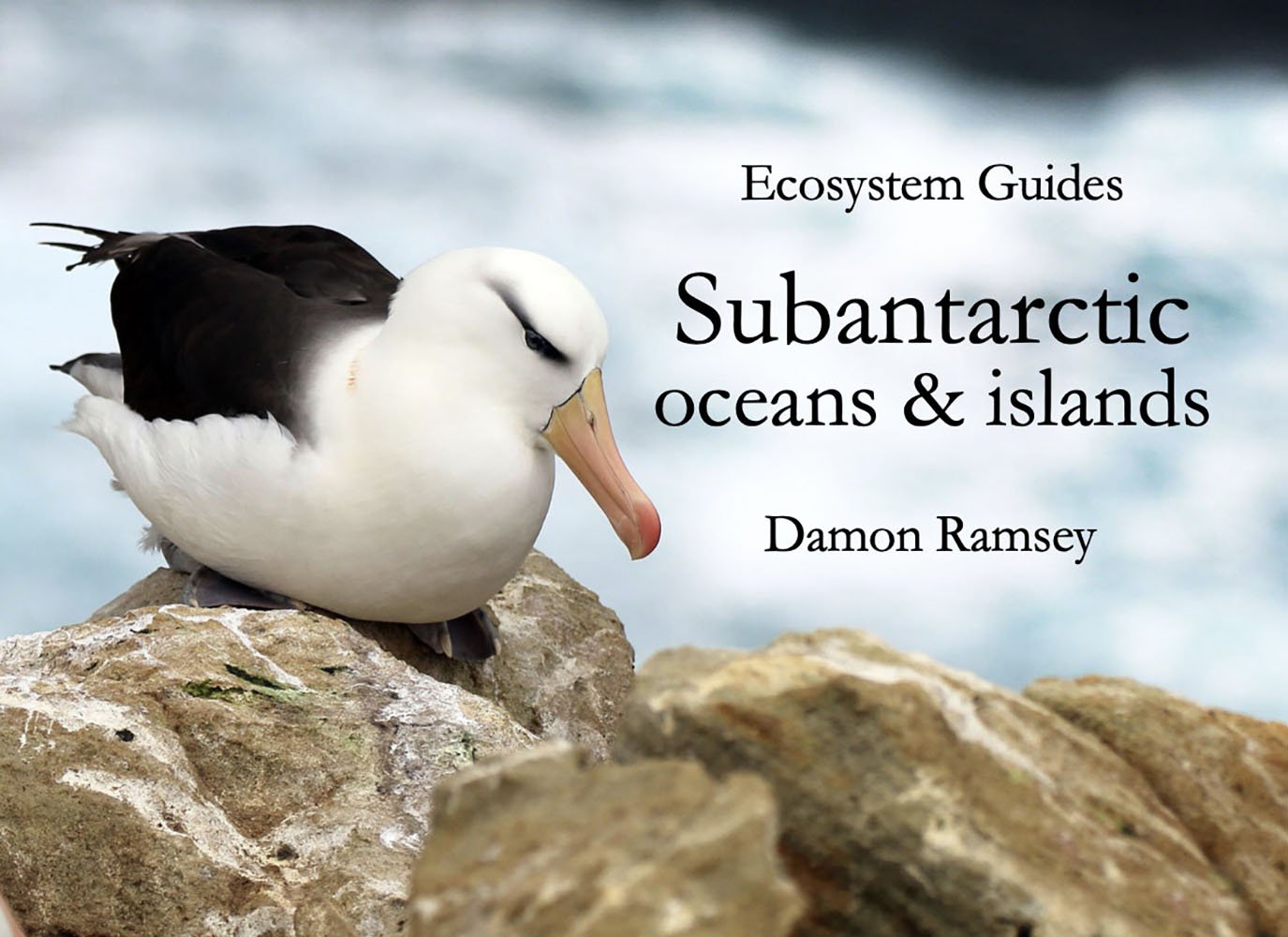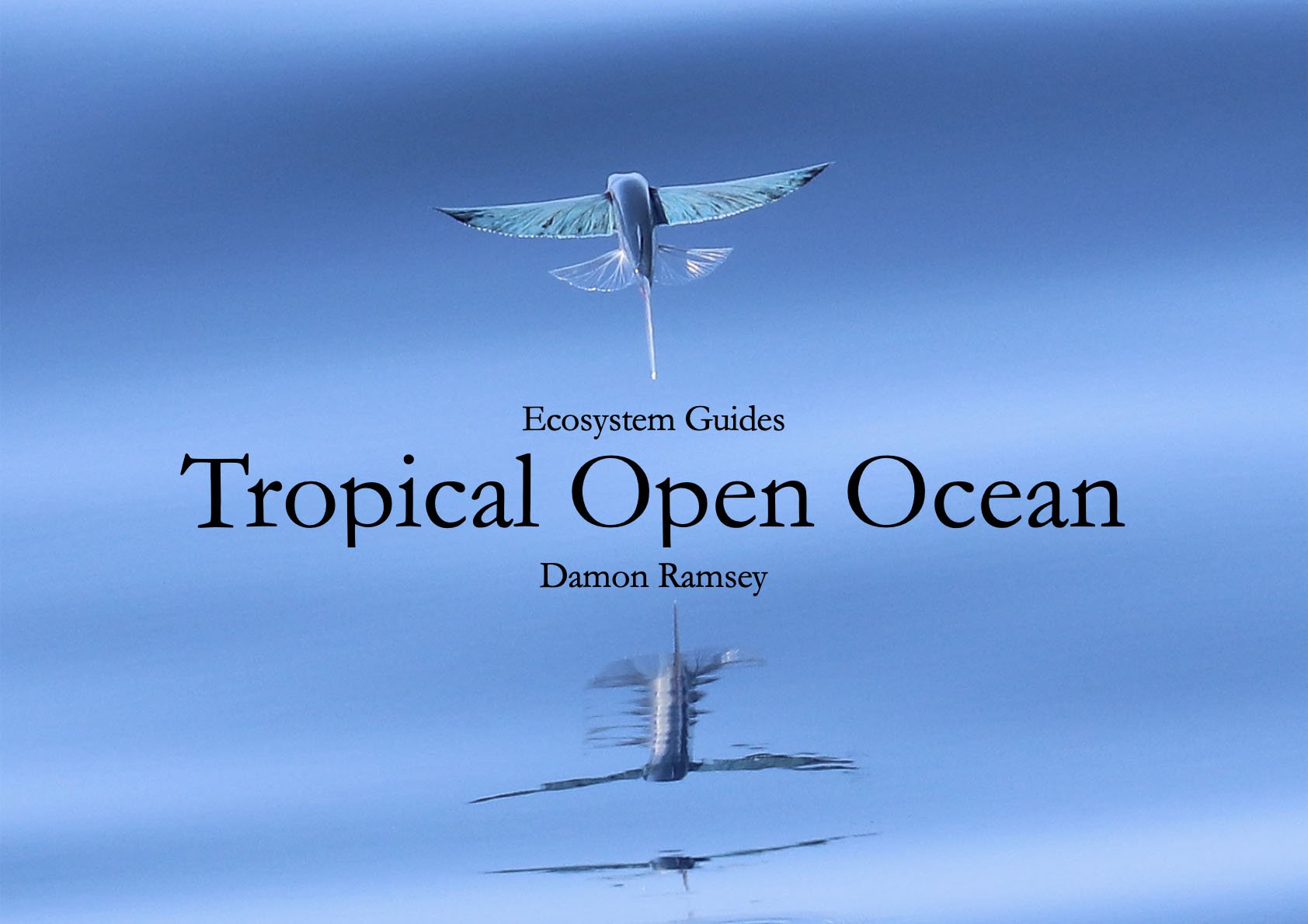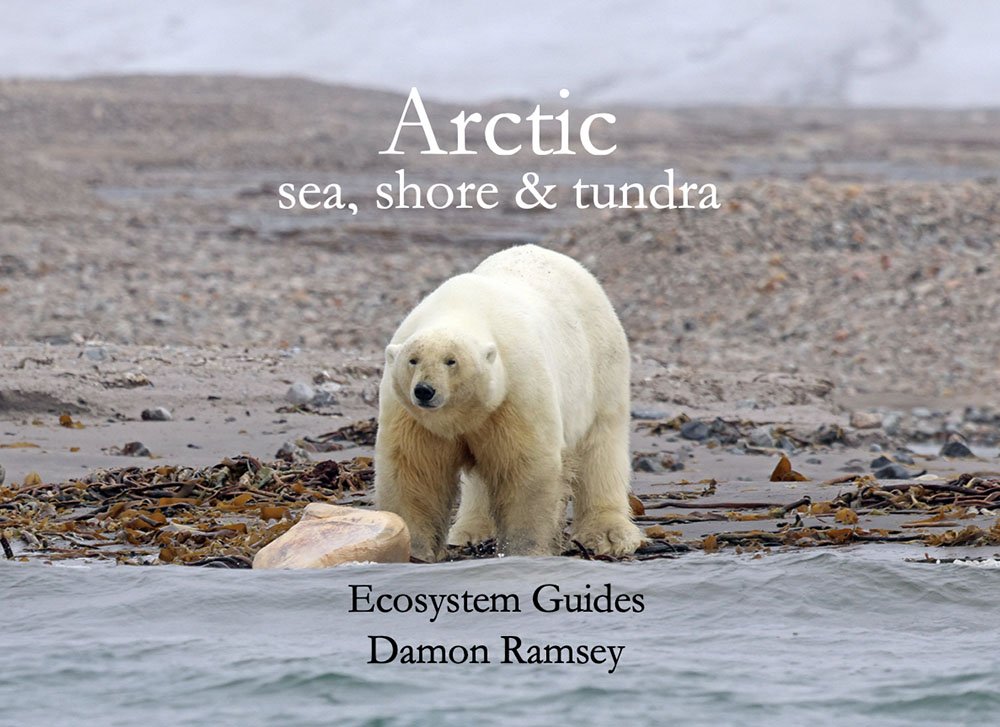ecosystem-guides.com
....exploring the planet's ecosystems
Trip Report June 2025
Kimberley
Silversea
Some words and images from two Kimberley trips with Silversea in June 2025....
(And yes, you can download/copy these images for free. Or on any of the linked pages. On Safari through a Mac, simply right click and "save images to downloads". It'd be polite to acknowledge the source)
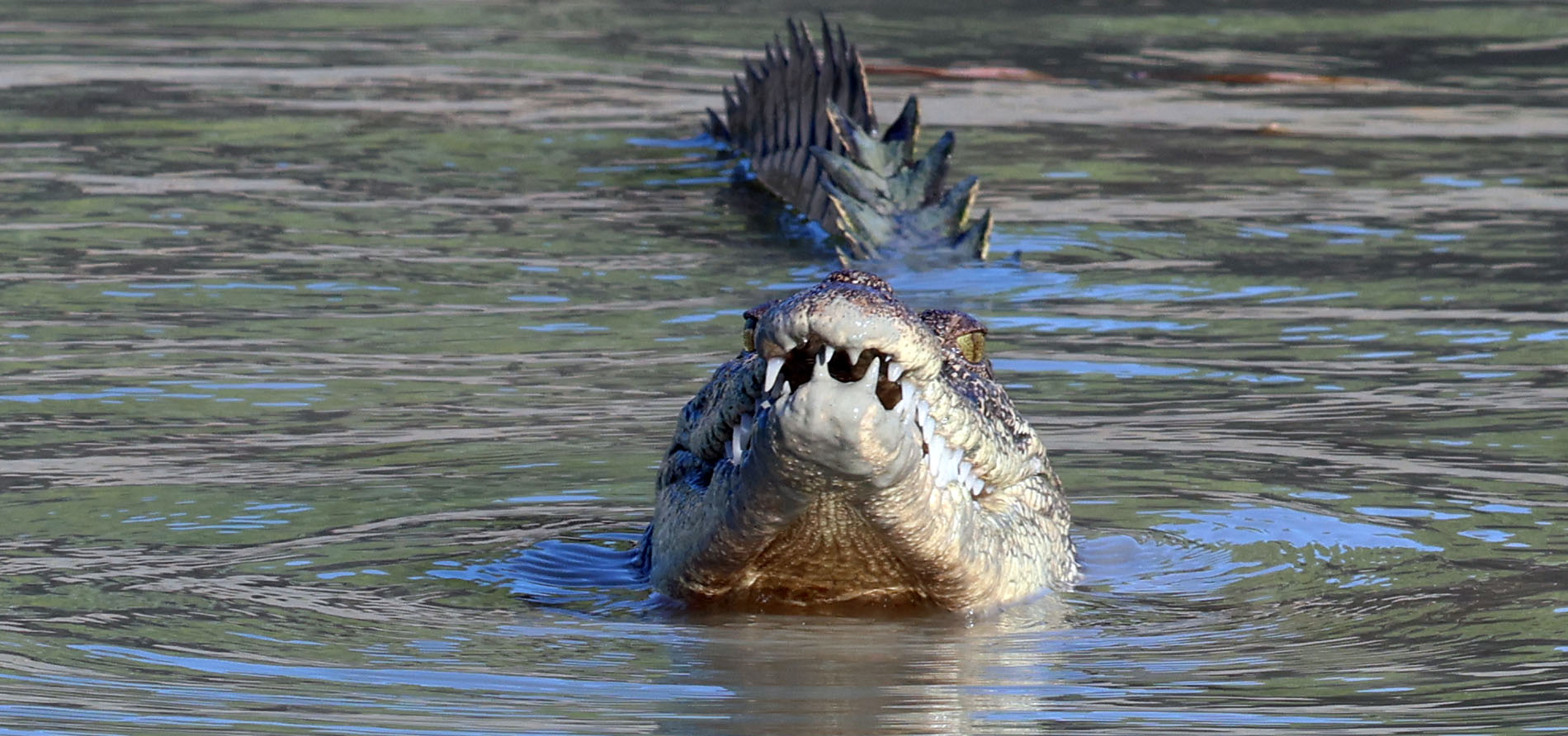 Everyone is obsessed about seeing crocodiles in the Kimberley, but they are not guaranteed.
Everyone is obsessed about seeing crocodiles in the Kimberley, but they are not guaranteed.After doing over a hundred trips along the north west coast of Australia, I now try to only a do a few trips a year here. But there is always something new to see. So every now and then I would pull out the canon and shoot a few things....
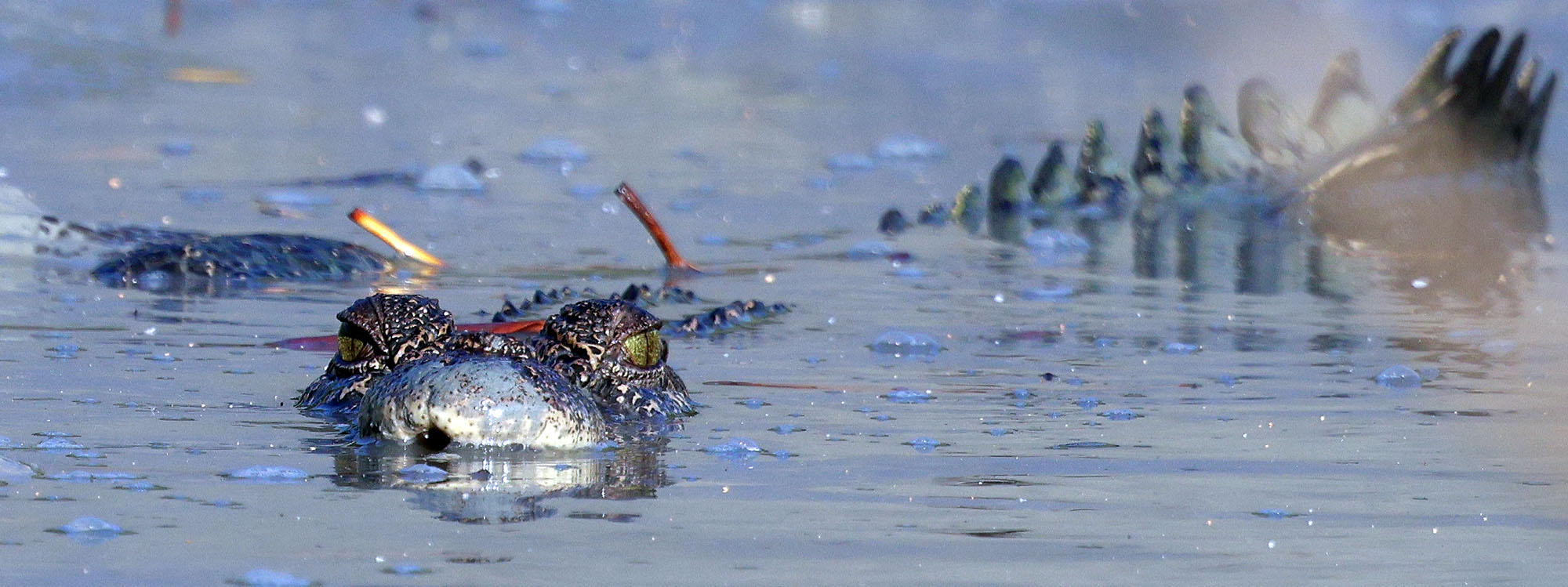
A hard to spot species is the recently described 'Australian/Sahul Humpback Dolphin' (image taken at King George River). This shy animal is restricted to coastal waters of northern Australia and New Guinea.
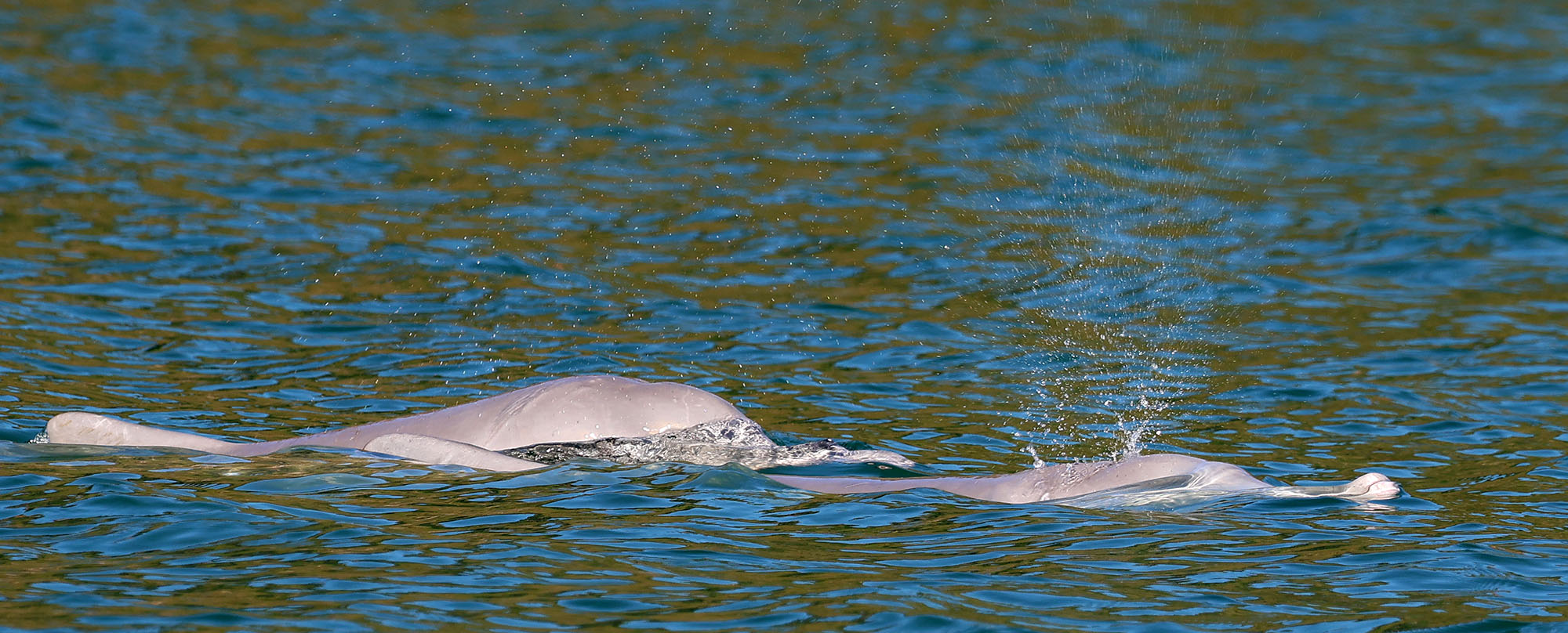
As well as great views of the landscape, Talbot Bay can be great for the 'Western Short-eared Rock Wallaby'. The first trip came up blank, but the second trip made up for it...
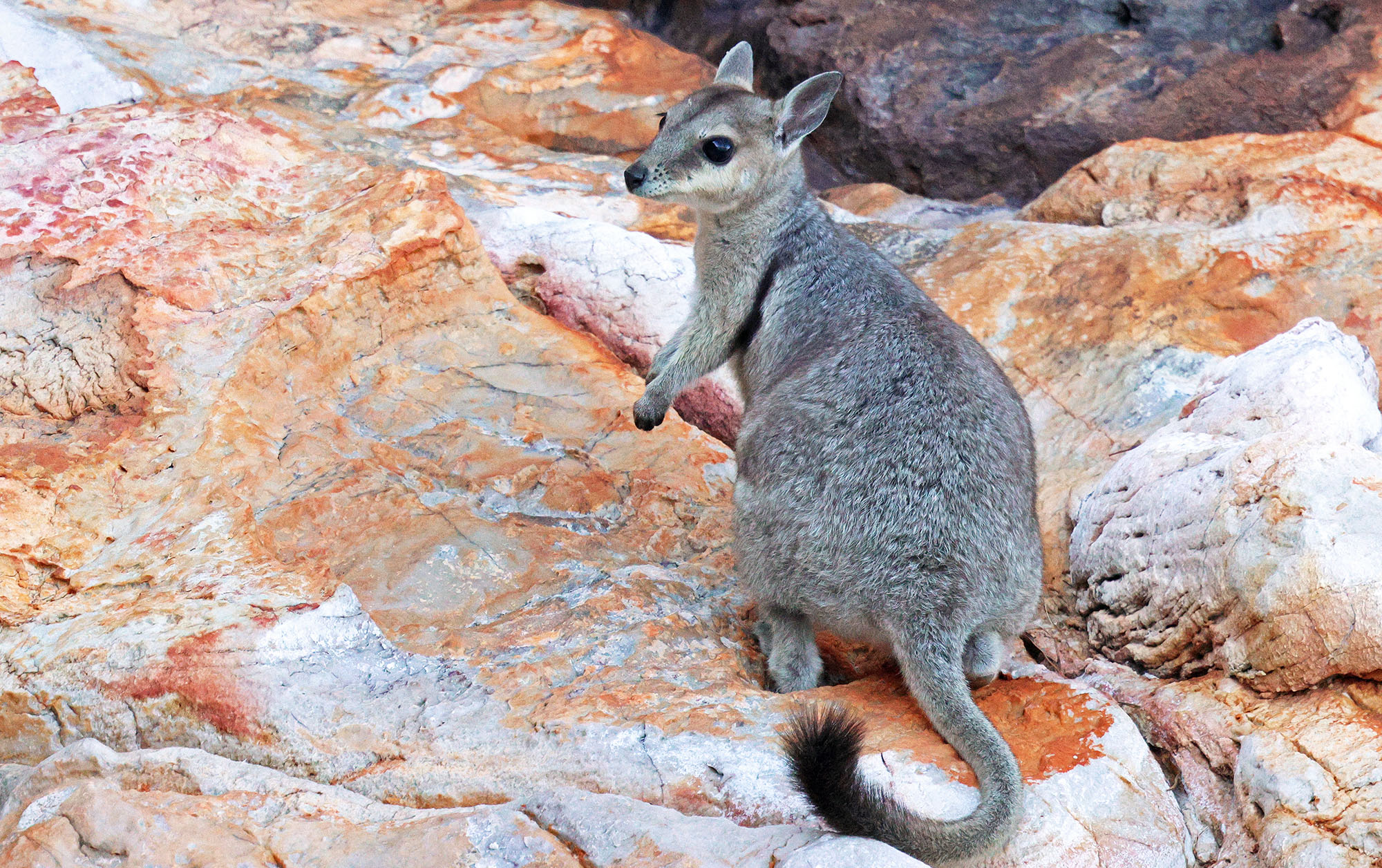 young Western Short-eared Rock Wallaby'
young Western Short-eared Rock Wallaby'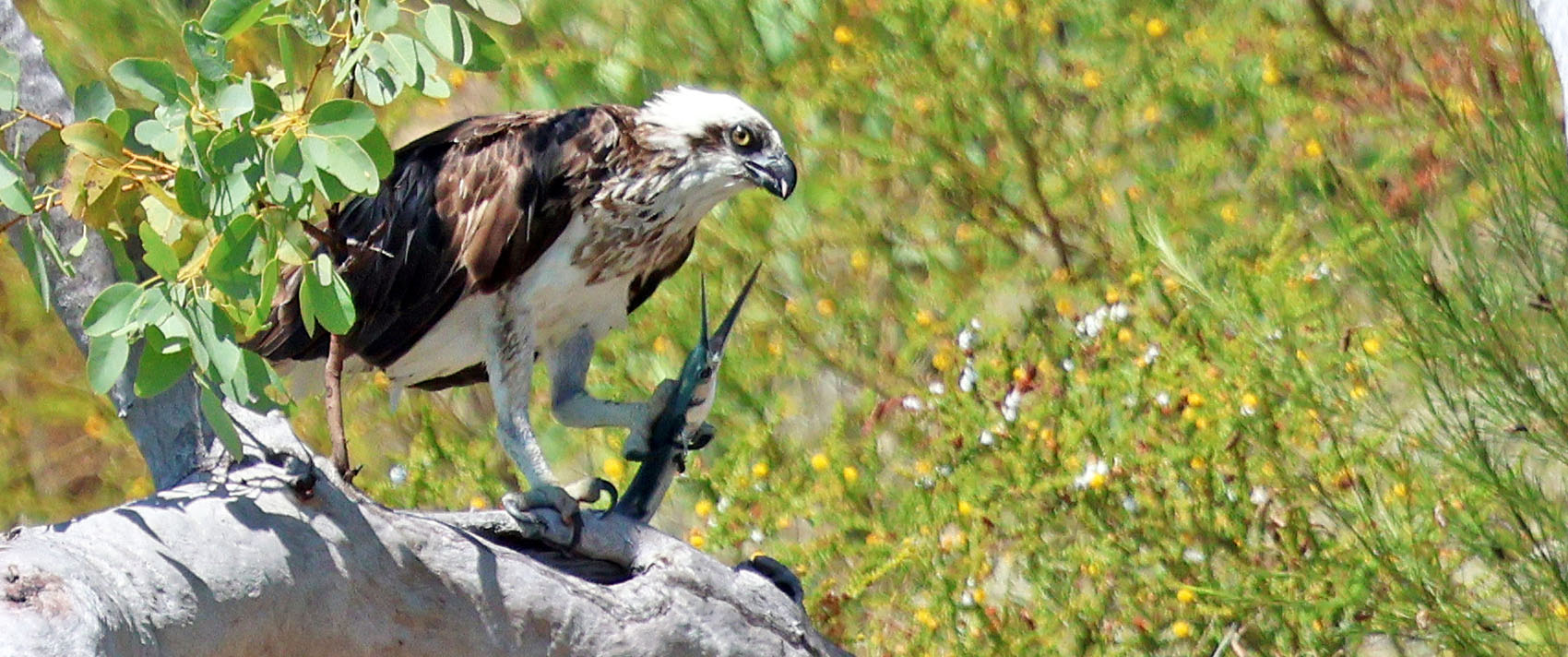 Osprey with it's catch of a Longtom
Osprey with it's catch of a LongtomWe mainly go to Freshwater Cove to meet some indigenous guides who show us Wandjina rock art, but the area is also great for plants and animals.
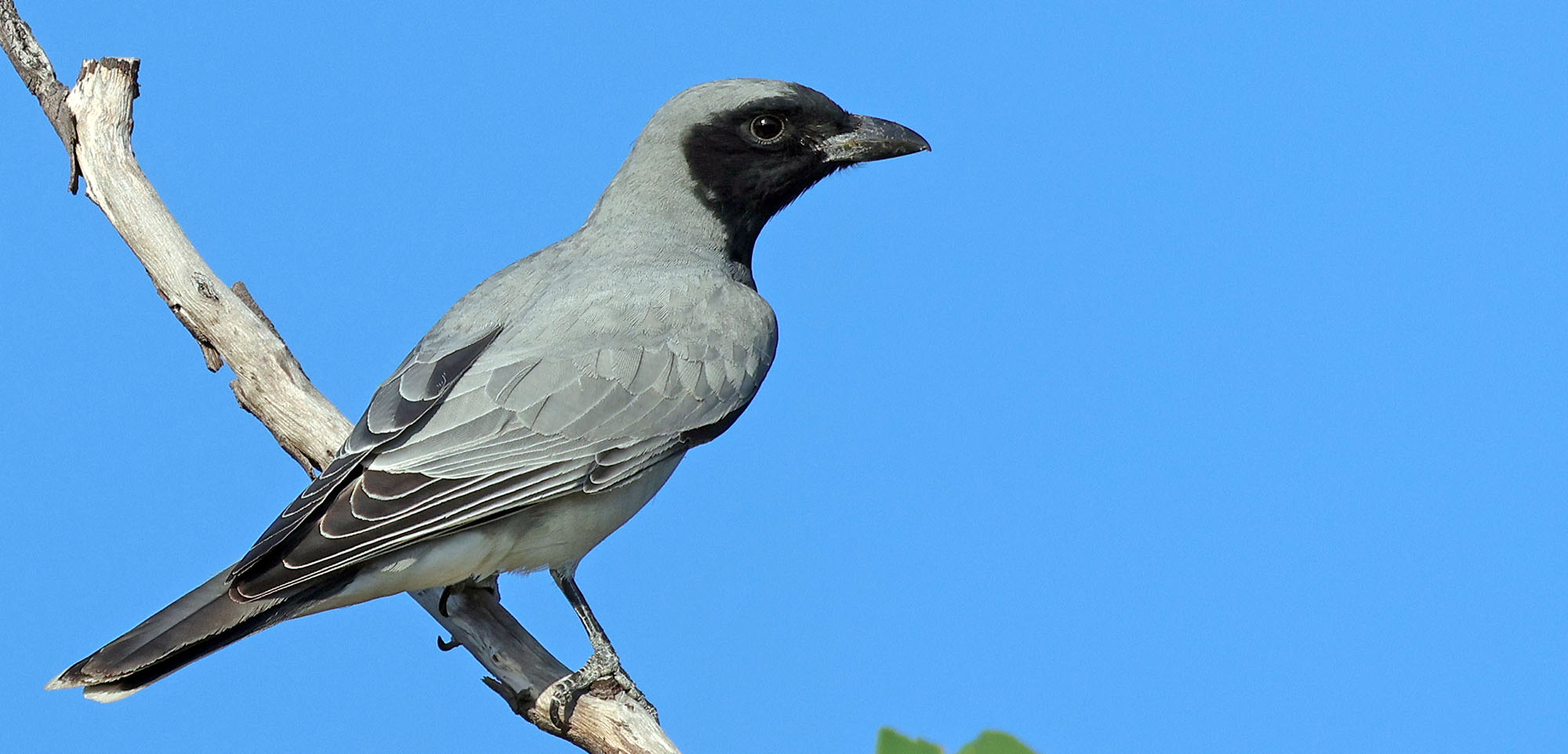 Black-faced Cuckoo-shrike. This bird is neither a cuckoo nor a shrike (Freshwater)
Black-faced Cuckoo-shrike. This bird is neither a cuckoo nor a shrike (Freshwater)When the mangrove mudflats are exposed at low tide, lots of birds can be seen feeding...
 the rarely seen and normally shy 'Great-billed Heron'
the rarely seen and normally shy 'Great-billed Heron'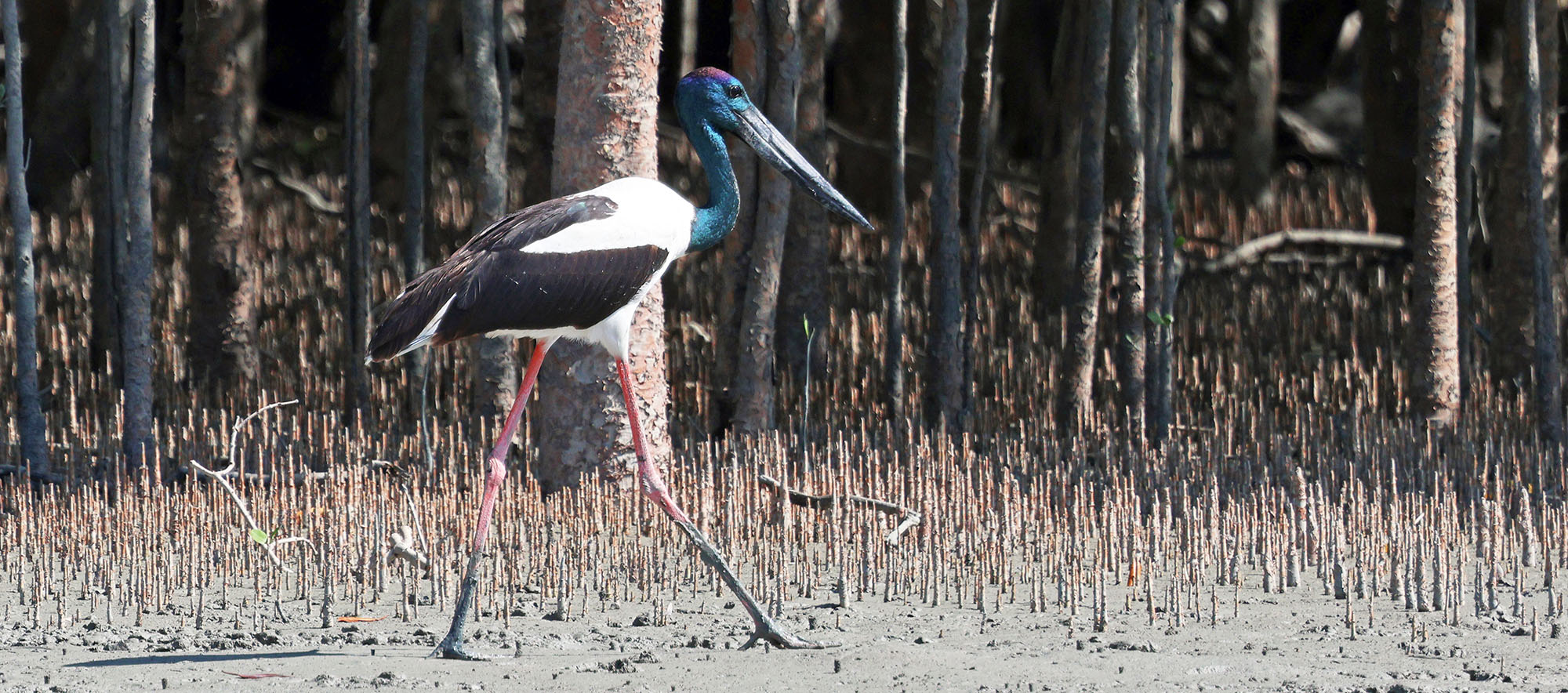 another long-legged bird, the Black-necked Stork, or the '(Australian) Jabiru'.
another long-legged bird, the Black-necked Stork, or the '(Australian) Jabiru'.Most trips along the expansive mudflats at low tide will come across some Kingfishers, especially in the Prince Frederick Harbour. Here, we typically go along the Hunter 'River', then into the Porosus 'Creek', and then further into smaller unamed tributaries. There are various species of kingfishers that can be seen, and viewings vary on tide and time. The most common is the Sacred Kingfisher. The most stunning is the small and fast Azure.
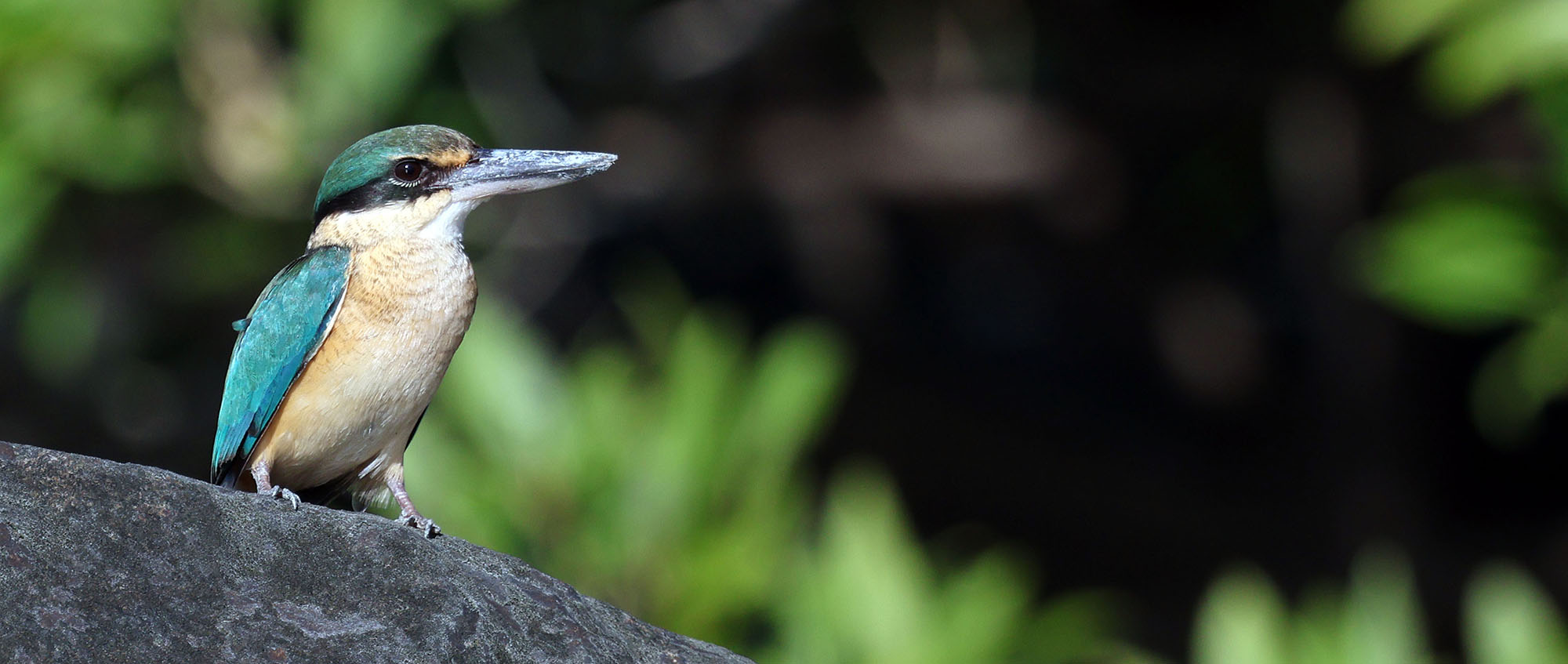 Sacred Kingfisher
Sacred Kingfisher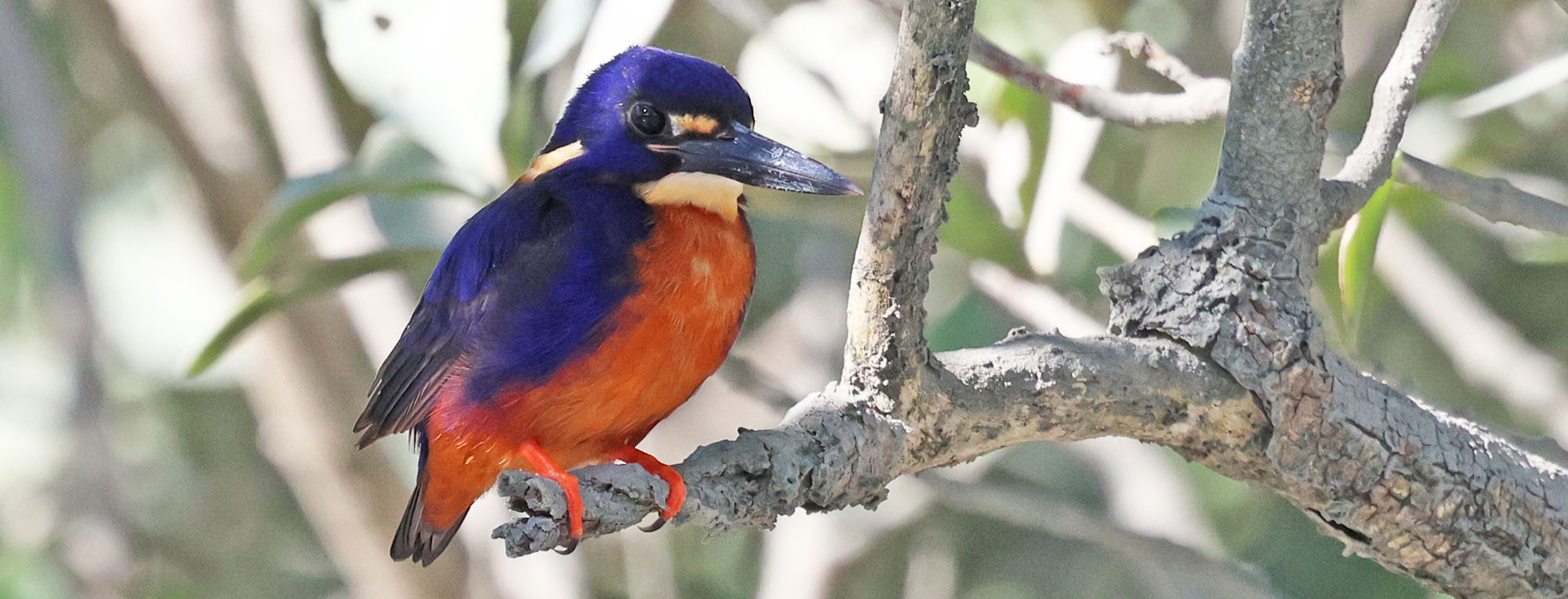 Azure Kingfisher (Hunter River)
Azure Kingfisher (Hunter River)But it's not just the birds the feed on the flats, there are also...
 Blue-spotted Mudskipper (Hunter River)
Blue-spotted Mudskipper (Hunter River)And of course there are the crocodiles. Coincidentally, the Hunter River is increasingly a good place to see them hunting, as the one below is doing, side-swiping for small fish.

These trips were unusual as we visited not one, but two seabird breeding colonies, one at Ashmore Reef and the other at Adele Island. As islands far from the Kimberley coast, they are slapped around by sea winds. This is a great opportunity for some of the birders that haven't had much experience with tropical sea birds to identify species. For others it is a chance to actually observe their reproductive behaviours and watch their life cycle. However, one passenger didn't like the fact I talked about sex in my lecture about bird sex (!). I guess she didn't read the title: "Sex and Violence on the beach: the lives of tropical seabirds".
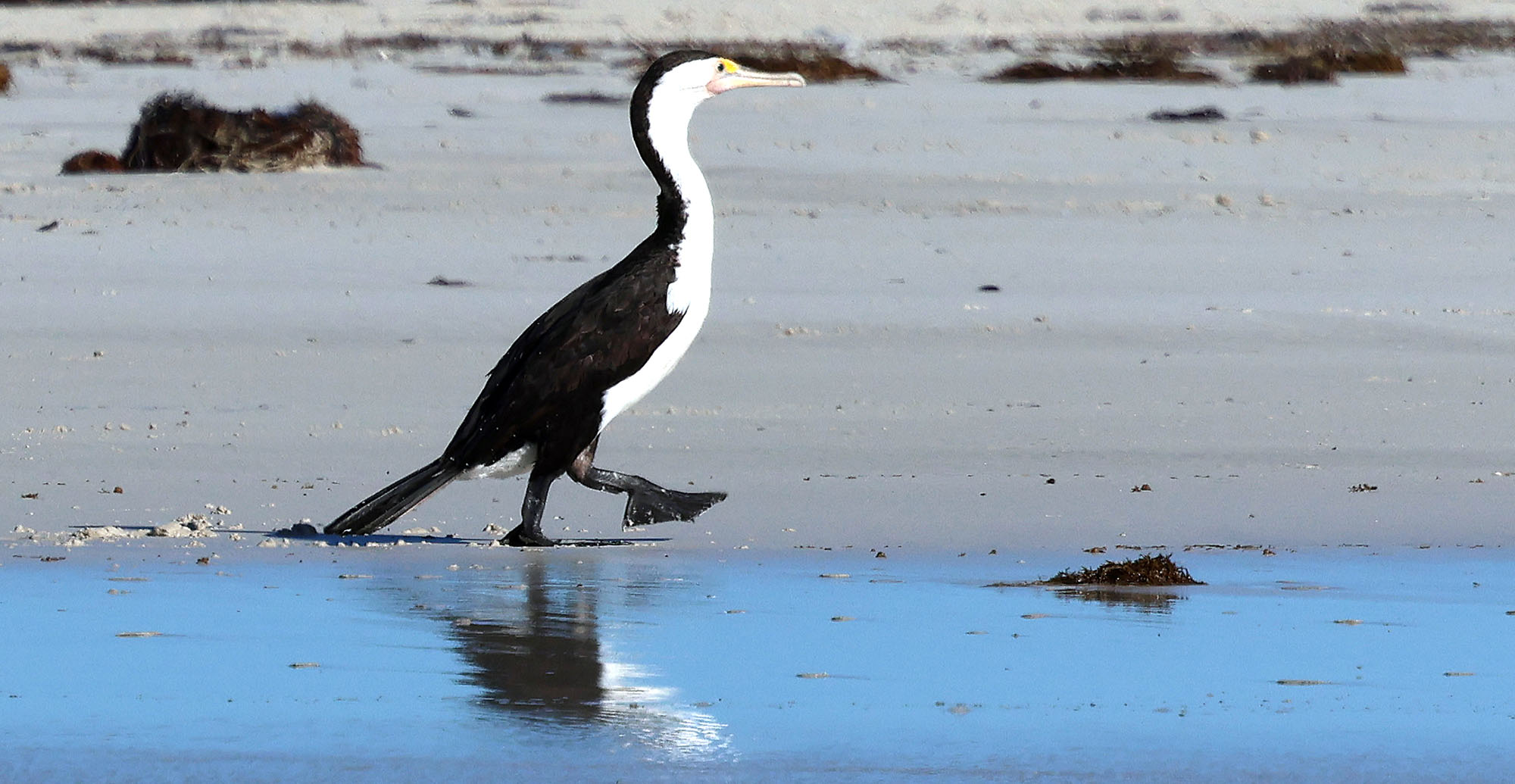 A shag on a wet beach. Honest, that's the name of the bird!
A shag on a wet beach. Honest, that's the name of the bird!And yes, this was the infamous trip where some 15 zodiacs drove onto and across the large expanse of coral reef surrounding Adele Island against an outgoing tide. A dozen ended up stranded like whales. And no, I don't have photos: the zodiacs were too far away and it was dark by the time we arrived for rescue. But, here is a picture from the same trip of a crocodile and a jellyfish also being marooned by the tide. So yes, sometimes it even happens to the locals.
 crocodile stranded on rock at low tide
crocodile stranded on rock at low tide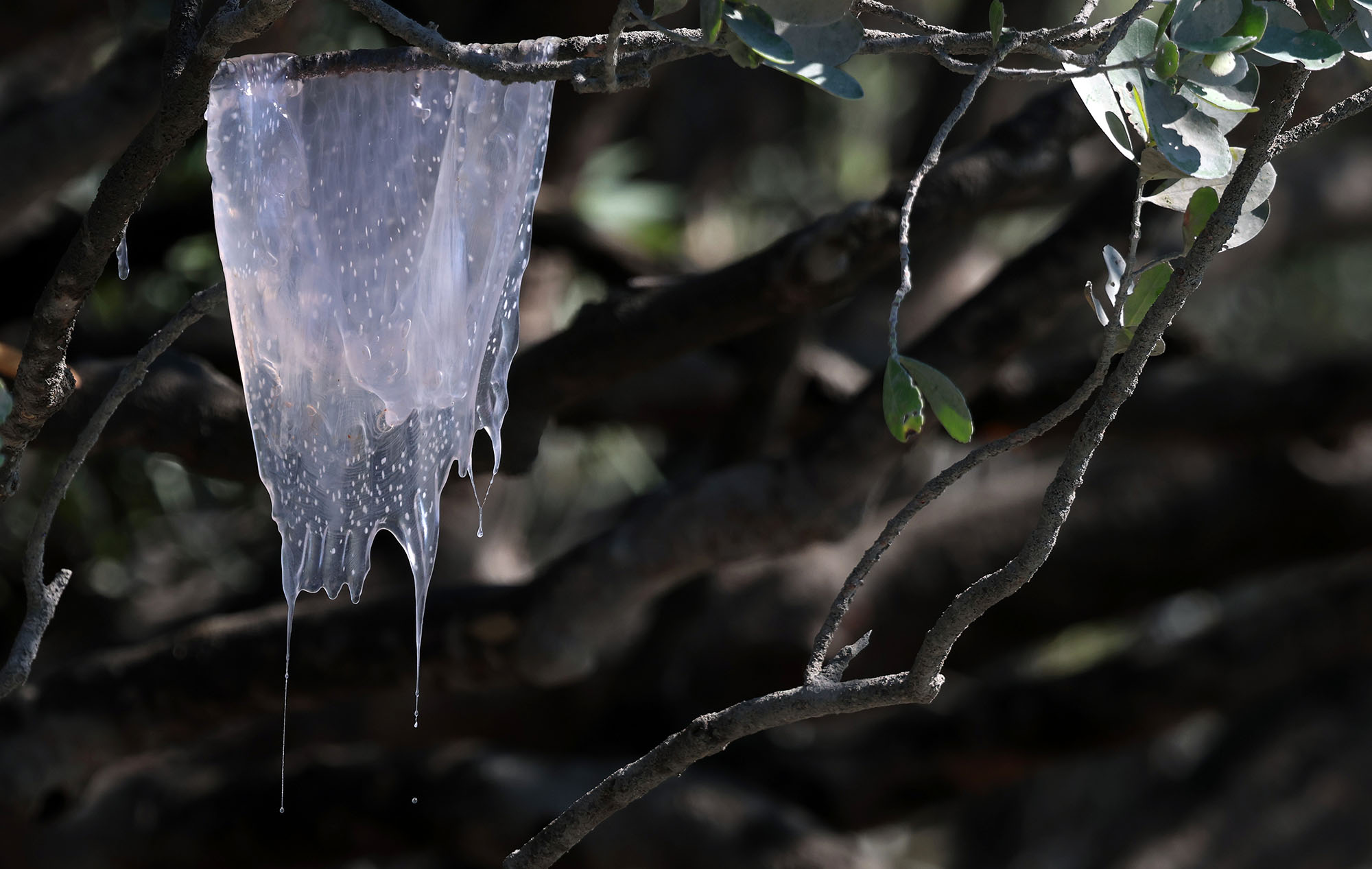 jellyfish stuck in tree at low tide
jellyfish stuck in tree at low tideAnd for more on Australian Mangroves, the Australian Tropical Woodlands and the Australian Tropical Escarpment.

